Discover these 10 interesting facts about Amsterdam – 10 amazing curiosities you have probably never heard about!
1. Why Houses in Amsterdam are so Narrow?
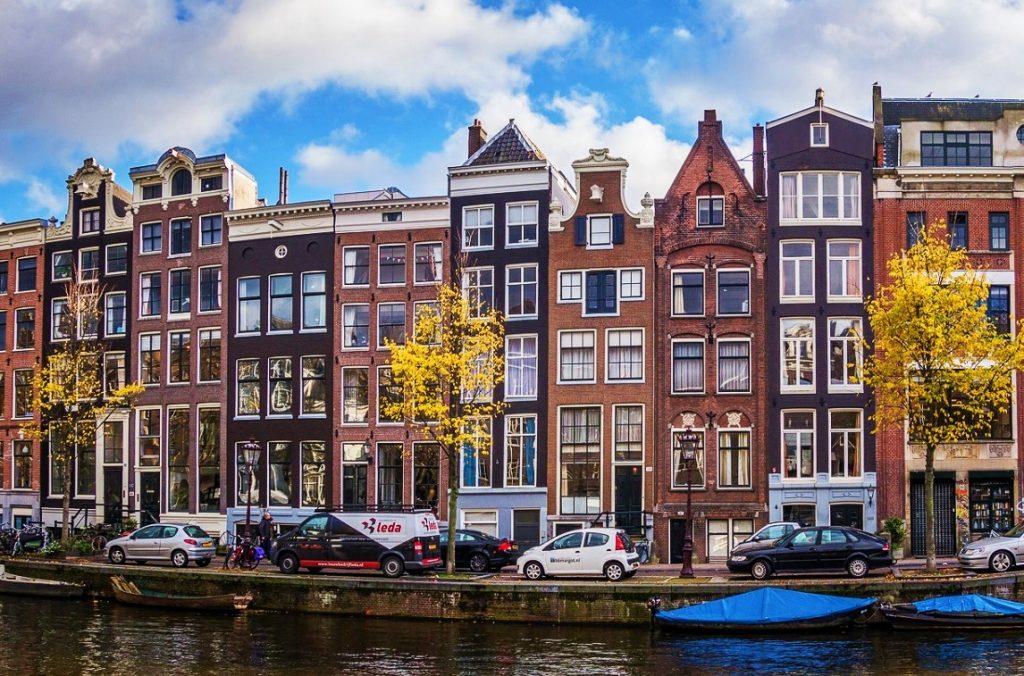
Characteristic narrow houses in Amsterdam
The most iconic sight of Amsterdam are the rows of narrow houses mirrored by the canals. Have you ever wondered why they are so narrow?
In the 17th century the city has enriched rapidly, which brought upon its quick development and raise in population. Around its centre, the concentric canal belt was built and subsequently expanded to provide the waterway for transportation of goods through the rivers Ij and Amstel. Due to limited space available along the canals and the growing population, the city goverment divided the land into small plots allocated to the citizens.
In such crammed areas it wasn’t possible to build huge residences, thus the new style of housing emerged. Moreover, it was a question of money: the city building tax depended on the width of a house façade.
Many of the houses were used also or only for business: as warehouses and offices. You can still see the signs of it in the cranes mounted in the roof part of residences’ gabled façades. They served to lift the goods to the upper floors of the narrow building.
2. The Narrowest House in Amsterdam
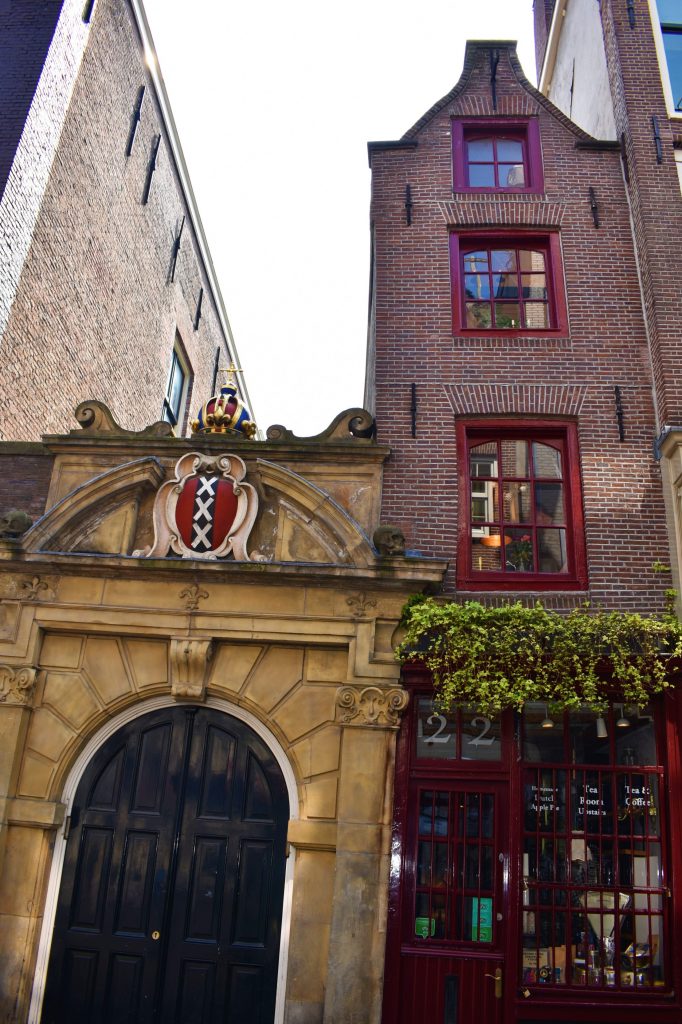
The narrowest house in Amsterdam
So which is the narrowest house in Amsterdam? There are several rivalling for the title. Here are the addresses under which you will find the top three: the houses at Kloveniersburgwal 26, at Singel 7, and the winner at Oude Hoogstraat 22. They are considered not only Amsterdam’s narrowest houses, but also the world’s record in this category!
The most narrow house in Amsterdam is a cute historical dwelling from the beginning of the 17th century at Oude Hoogstraat 22 – it is only 2.02 metres wide! And its tiny rooms are only 5 metres long – it must have been really claustrophobic living there! You can visit it – it hosts the world’s narrowest tea room :)
3. What the “XXX” on the Flag of Amsterdam Mean?

The XXX flag of Amsterdam
While visiting Amsterdam, you will quickly notice the symbol “XXX” on the city’s coat of arms, flag and many objects around Amsterdam. Visitors often assume it has something to do with the libertine spirit of Amsterdam and its Red Light District…
But no, it’s quite the opposite: the three crosses are not a symbol of sin, but of a saint. It’s St Andrew’s cross, the same as in the flag of Scotland, but tripled. However, their exact meaning is disputed. Some historians claim that they represent the three deadly threaths related to life in Amsterdam in the past, which were floods, fire and the plague. According to other historians, the symbol was adapted from the coat of arms of a noble Dutch family – Persijn.
4. Do Houseboats Have an Address?
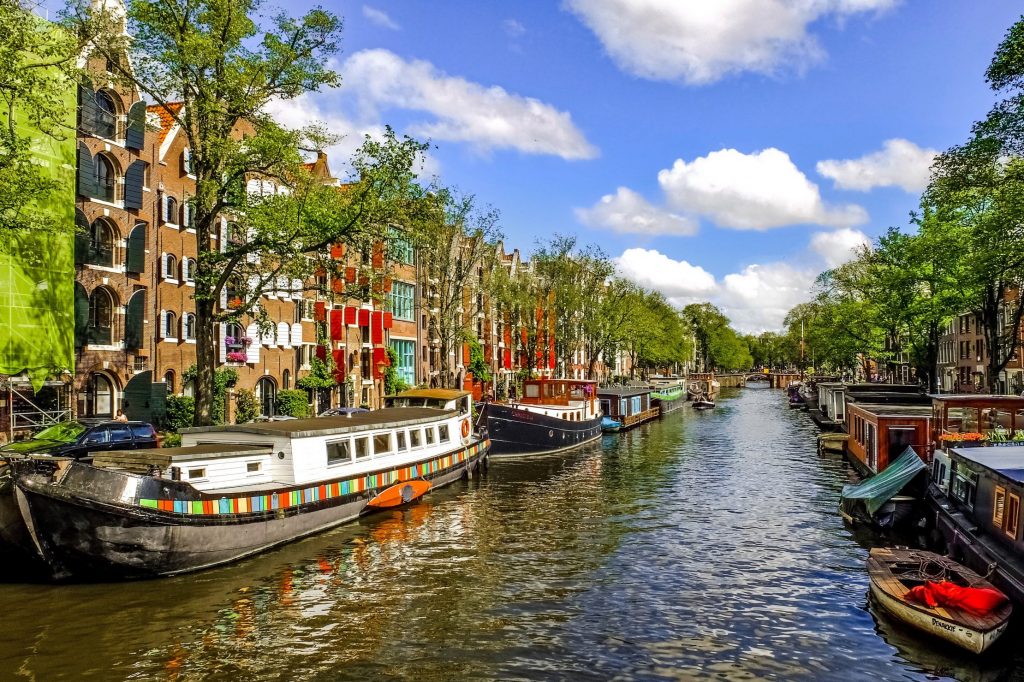
Houseboats or boathouses in Amsterdam
Houseboats or boathouses (read more here) are a fascinating remnant of the commercial and seafare past of Amsterdam. Many of the old ships turned into living premises are over 100 years old. They appeared in the 1960s-70s due to the shortage of housing available in the city, and then they have become a stable part of the cityscape. Nowadays they have all the comforts: they are heated, they are connected to electricity, running water and sewage system.
They are considered permanent housing, so yes – they do have an address. Obviously, they are allocated a specific fixed place and a city tax is paid for them, you can’t just moor your boat in the centre of Amsterdam for free ;)
The coolest thing to do is to try out the life on a houseboat for yourself! There are many botels (boat hotels) or Boat&Breakfast :) They are a real Amsterdam speciality and quite a unique life experience to try. Check out below!
Book Best Houseboat Hotels & Hostels in Amsterdam
5. Cat Boat
https://www.instagram.com/p/BtOGYdqlVy4/
Speaking about houseboats, one of them, moored on Singel canal, has quite unusual inhabitants: stray cats. It’s even more unusual considering how much cats hate water – but apparently not here – they seem happy in their little oasis. This world’s only floating cat shelter has been taking care of homeless cats since the 1960s!
6. Floating Flower Market
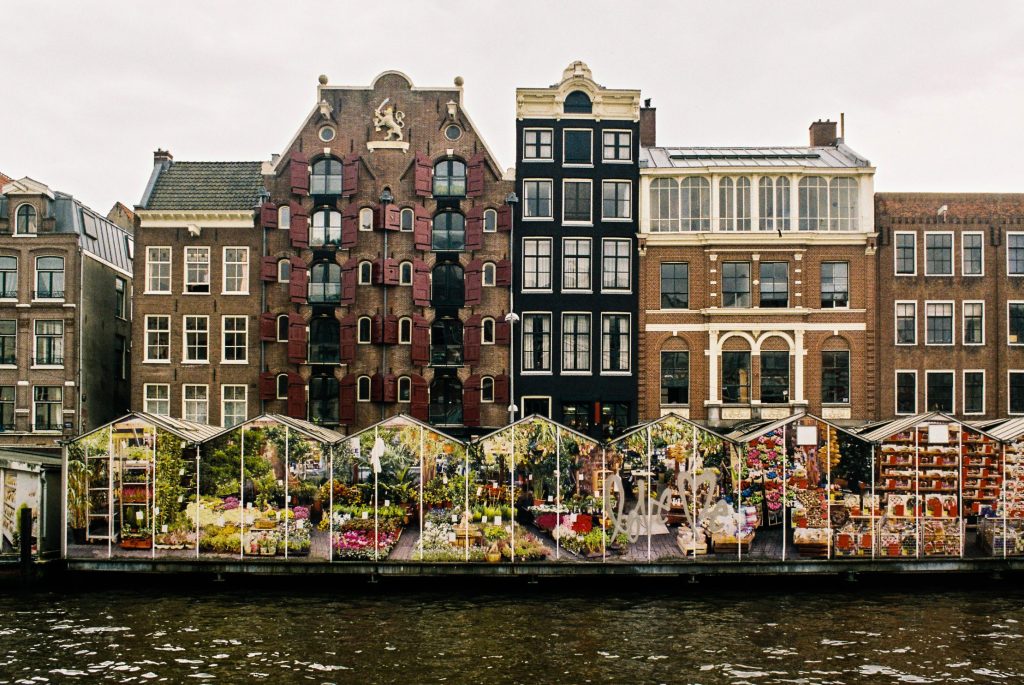
Famous floating flower market in Amsterdam – Bloemenmarkt
In Amsterdam things go with the flow. Since the business in Amsterdam was made on the canals, and since one of the biggest business was the flower industry, the Amsterdammers connected the two elements. Thus, the city boasts also the world’s only floating flower market. Just as the kitties’ boat, the glass-walled flower stalls are moored to the banks of Singel canal. It’s not only unique, it’s also historical – it’s been there since 1862. Read more about it here.
7. Do Coffeeshops Sell Coffee?
Actually, yes. Dutch Coffeeshops (written altogether) sell coffee, tea and soft beverages. But as we all know, that’s not what people go there for. Coffeeshops sell a variety of marijuana and hashish joints.
Some of the most interesting facts about Amsterdam regard its coffeeshops. One of such fun facts is that you can’t smoke regular cigarettes with tobacco there!
Another crazy fact is that… you can’t drink alcohol in a coffeeshop, either :)
So if you want a beer, go to a pub. And if you want a coffee, the Dutch name for a “normal” coffe shop is koffiehuis = coffee house. But, as we said, you can get a totally normal cappuccino, not even overpriced, in a coffeeshop, too :)
8. The Secret Church in the Attic

Ons’ Lieve Heer op Solder – Our Lord in the Attic
In the 16th century, following the introduction of the Dutch Reformed Church, the Calvinist government prohibited Catholicism in the Netherlands.
That forced many Catholics to gather for prayer in secret. Thus, hidden churches emerged, often built in the upper parts of the residential buildings. Such is the history of Ons’ Lieve Heer op Solder – Our Lord in the Attic. This fascinating place is a secret, yet fully equipped and decorated little church, spread on three storeys of a canal house. Built around the 1660s, it is been particularly well preserved and nowadays you can visit it as a museum.
Visit Our Lord in the Attic – Audio Guide Tour
9. Why Amsterdam Houses Are So Crooked?
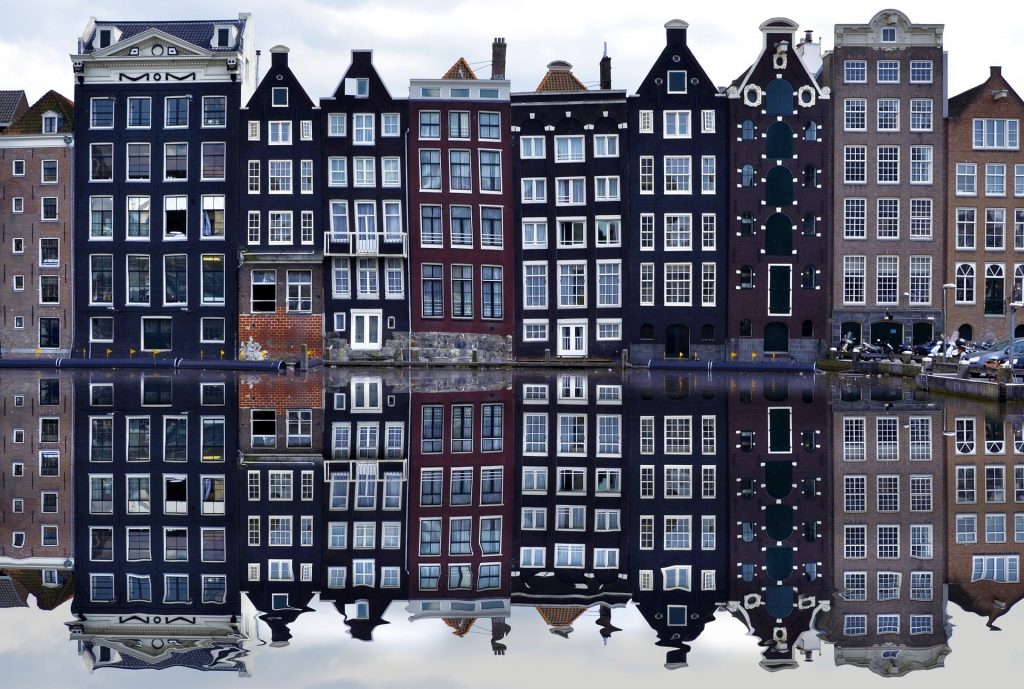
The seven Dancing Houses in Amsterdam
Definitely, one of the most interesting facts about Amsterdam are its leaning old houses. The most famous crooked houses in Amsterdam are so-called Dancing Houses – seven adjacent buildings apparently without the right angles :)
But there are many more leaning houses – you will spot them in many places in the city centre. That’s because their fundaments – just like in Venice – were based on wooden poles, which slowly decay and sink. If you consider that most of the beautiful historical residences of Amsterdam were built in the Dutch Golden Age – the 17th century, you will realize how old their wooden pole skeletons are.
It’s funny to see that many of these crooked houses have somehow straight doors and window frames. That’s because the walls of the houses were not fixed in the recent times, just their façades were given a more straight appearance.
There is poetic beauty to the leaning shaky old residences – after all, they are the symbol of Amsterdam.
10. What Lies Beneath Amsterdam?
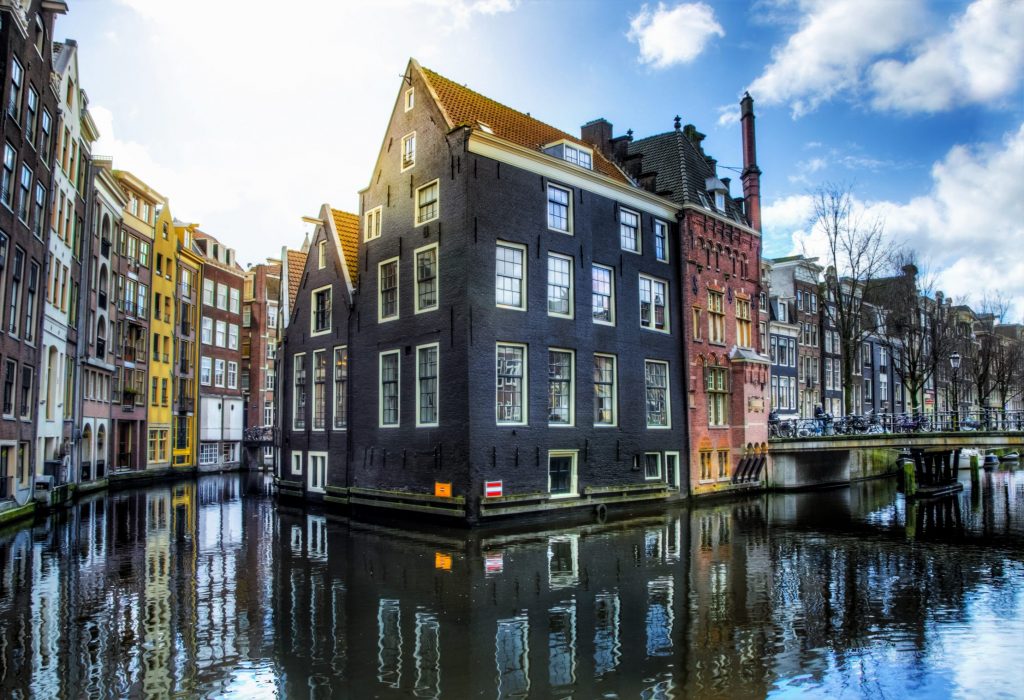
What lies beneath Amsterdam
Amsterdam was created as a fascinating and brilliant civil engineering project of the 17th century. The city is built entirely on artificial islands, man-made canals and wooden structures. The swampy and sandy land is supported by as many as 11 million wooden poles. To support a typical house, approximately 10 wooden poles were enough. However, imagine that there are incredible 13.5 thousand poles under the Royal Palace of the Dam Square and 9 thousand under the Central Station. Nowadays, cement structures are used instead.
***
More Interesting Facts About Amsterdam
If you know other interesting facts about Amsterdam, add them in comments! And if you like this article – feel free to share it.

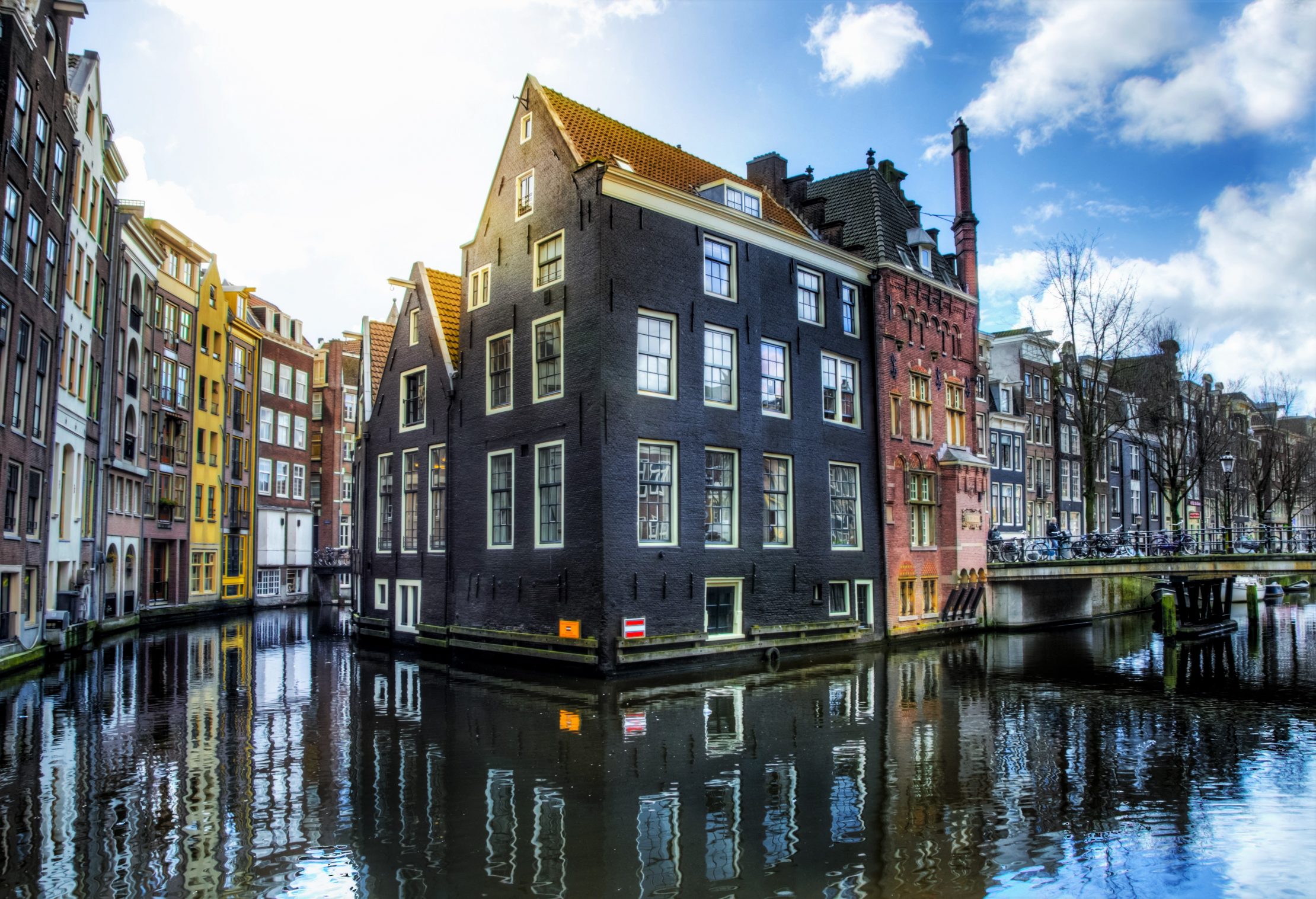
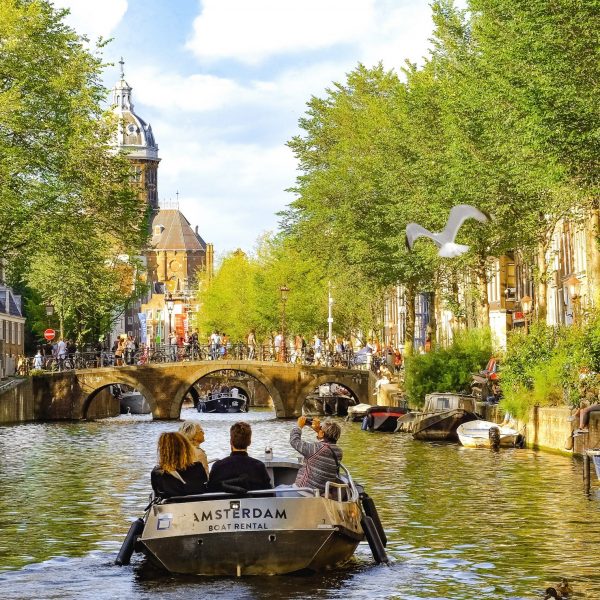
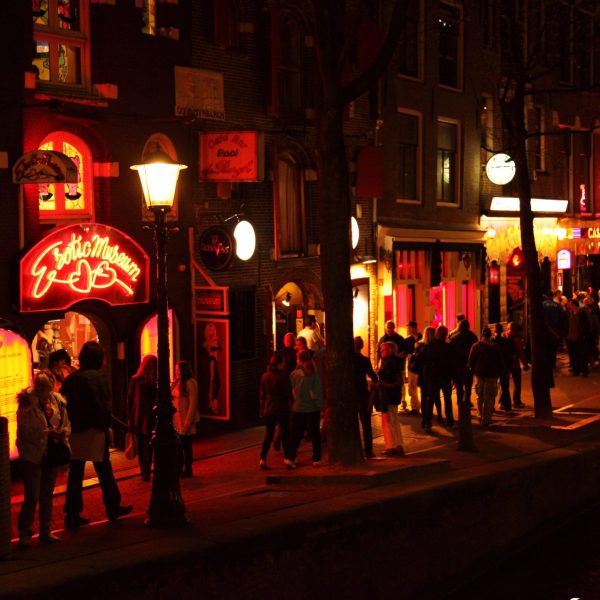
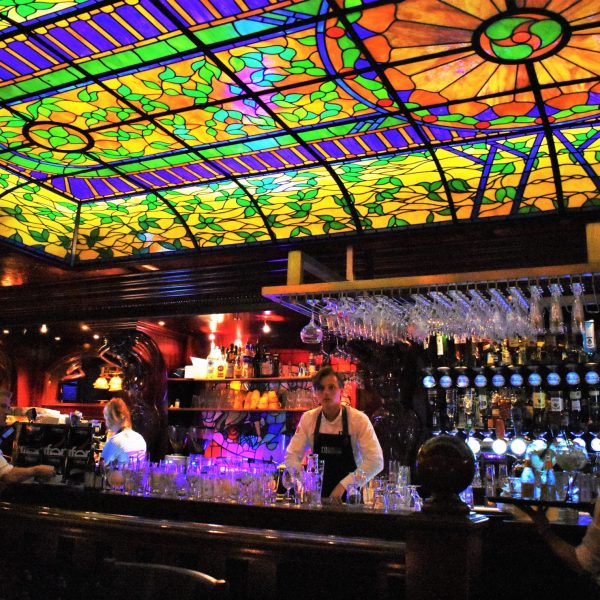
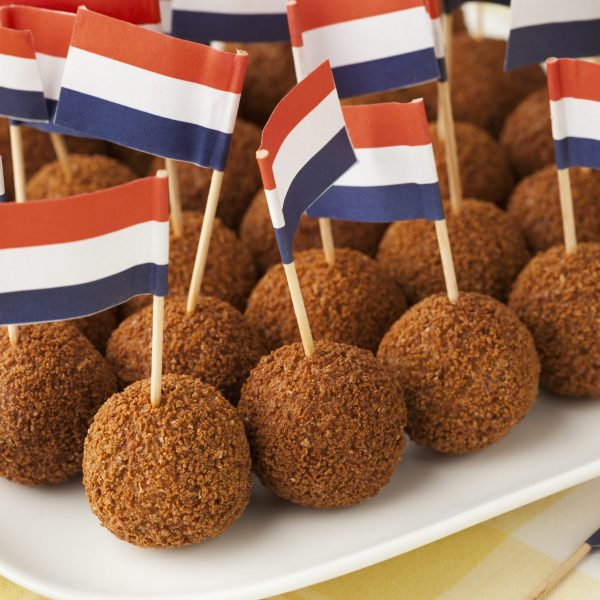
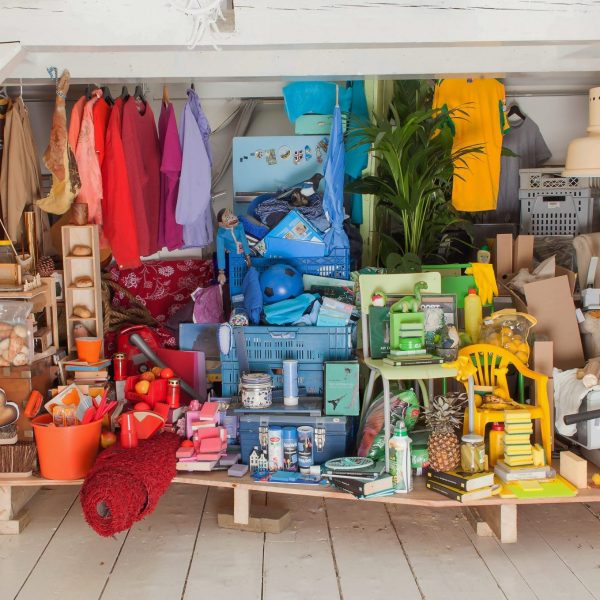
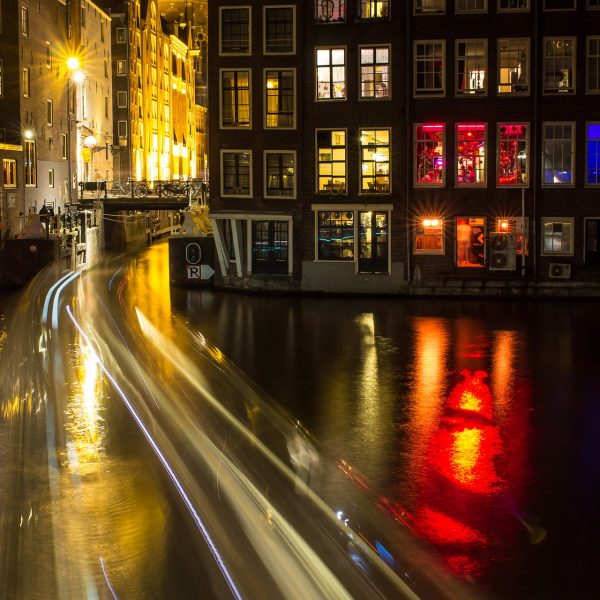
I like your blog